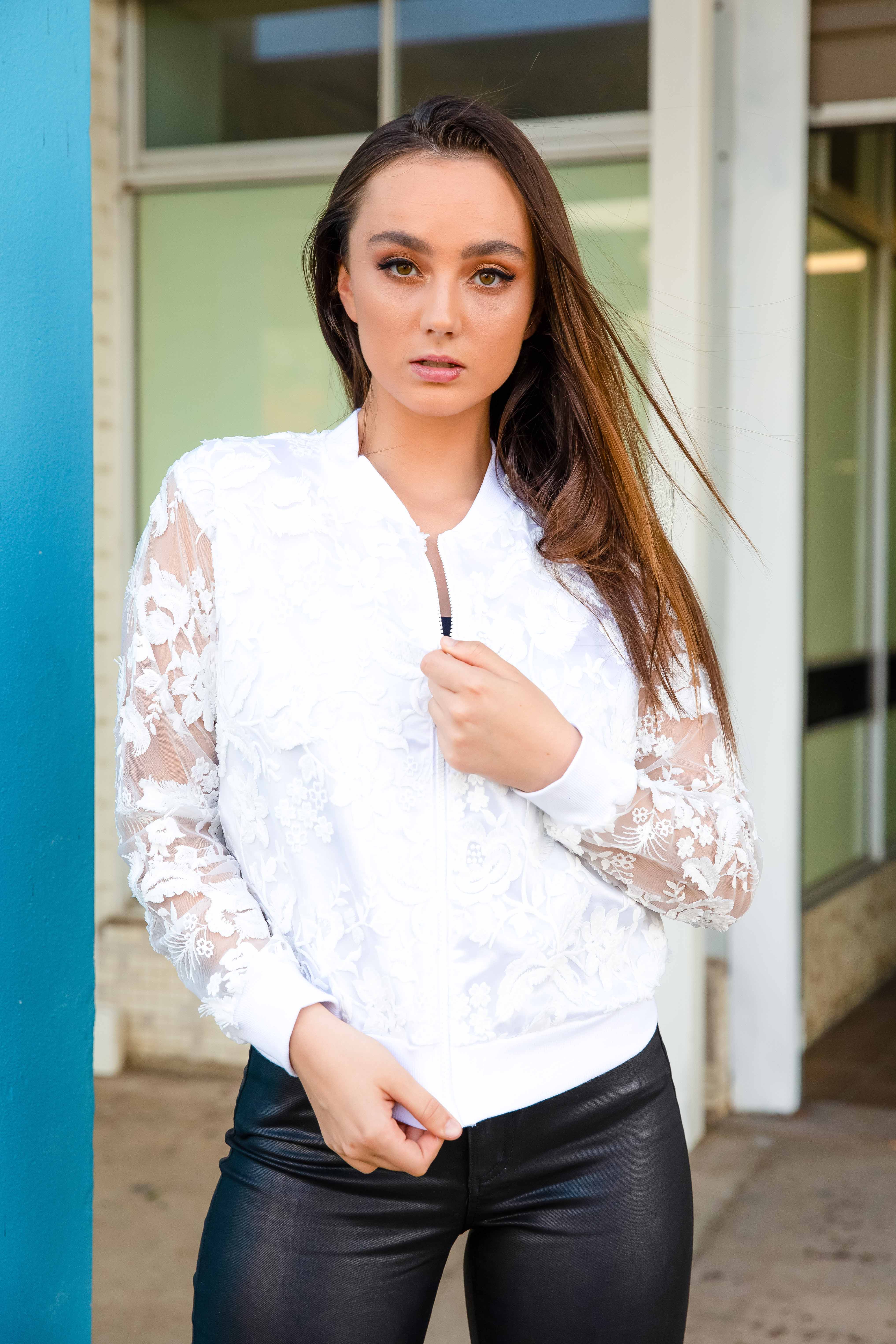The Newbie's Overview to Product Photography
If a picture is worth a thousand words, a sensational product picture deserves a thousand site check outs. Although I do not have information to support that statement (yet), product photography can be very important to your ecommerce site approach.
To reach your target audience participants who prefer acquiring online, you additionally need to offer your target market clear, distinctive images of your items.
But product photography isn't as basic as directing as well as shooting. Also the most basic products require the appropriate equipment, lighting, as well as room to produce beautiful photos that market shoppers right from the acquisition page.
6 Product Photography Tips ( as well as Instances) for Taking Pictures That Market
Right here are the suggestions, examples, and also products you'll need to effectively photo and market your items in a way that makes your site visitors and also leads wish to transform.
1. Do not hesitate to use your smartphone's electronic camera.
This is the part where I'm meant to convince you to buy a premium, 50-megapixel (MP) video camera with a 100-millimeter screw-on lens. Yet I'm not mosting likely to do that.
If you currently own a electronic camera that fits this summary, make use of it. But for lots of kinds of products, it's completely acceptable to shoot product images on a smartphone.
Newer smartphones flaunt powerful electronic camera lenses and also setups that enable you to enhance your shots for the different sorts of light and settings you could shoot in.
If you require much more convincing, just check out Apple's Shot On An apple iphone campaign as well as the pictures that have actually arised from it for many years such as this set:
2. Shoot from a tripod for photo uniformity.
Prior to clarifying tripods, I'm obliged to begin with a primary guideline: Do not prop your phone against something strong to intend your lens toward the topic.
It's just also very easy for this makeshift arrangement to slide around during the shoot and trigger variances in your pictures' look. If you relax your camera on, claim, a stack of publications, Image Branding simply make sure this arrangement doesn't alter throughout the shoot.

There's no damage in holding your cam yourself when firing simply a few product images for your ecommerce site. But as your service grows, and you take a lot more pictures of even more items, it can be hard to standardize the product's alignment in each photo when shooting portable.
To guarantee consistency throughout your products, you'll need a tripod. And the good news is, buying one isn't constantly the big, industrial-sized financial investment it made use of to be.
Right here are two types of tripods to take into consideration.
Standard vs. Versatile
This is a practice tripod-- there are standard tripods available for both electronic cameras as well as smartphones.
A flexible tripod can be controlled in a number of methods. You can flex its legs and put it on different surface areas to get the angle you need.
Mobile Hold
There's often a screw on the top of your tripod which affixes to your video camera to hold it in position. The underside of a lot of professional-grade video cameras has a screw hole just for this purpose, however smart devices can make use of the following adapter:
The adapter grips the sides of your smart device as well as can screw right into either sort of tripod, permitting you to operate the video camera regulates with the phone display dealing with external as well as toward you.
When you identify which place you'll need, set it up before your product, and think about placing three pieces of tape on the ground to mark where you wish to keep each leg of your tripod over the course of the shoot.
3. Choose all-natural light or fabricated light.
Never ever take too lightly just how particular types of light can improve (or impede) your product photography. Keep in mind, customers get the very best look at an thing personally, where they can see whatever they need to prior to acquiring. The right illumination setup assists you reveal those essential decision-making product functions when all site visitors have to go on is a photo.

There are two sorts of light you can pick as your main source of light: all-natural and also synthetic light.
Natural Light
Natural light refers to sunlight-- straightforward as that. It's likewise referred to as "soft light" due to the fact that the sun casts a larger, softer range of light than, state, a lamp radiating directly on the product. Ecommerce product shots prosper in all-natural light if:
The product is shot outside or suggested to be used outside.
The product is utilized by, worn on, or shot with a person (people tend to look far better in natural light).You're trying to emphasize the product's surroundings, as opposed to specific attributes of the product.
Below's an instance of a shot using all-natural light:
Man-made Light
Man-made light consists of candles, fire, and http://beaucunw071.raidersfanteamshop.com/the-significance-of-superb-pictures-for-your-ecommerce-roi-1 much more frequently, light bulbs. It's also described as "hard light" because it produces a smaller sized but a lot more concentrated light surface. This kind of light deals with items with physical information that require to be highlighted to thrill an on the internet customer.
As a general policy, adhere to just one kind of light per photo-- all-natural or synthetic. Including natural light to an unnaturally lit photo can soften a product that's meant to look sharp, as well as adding man-made light to a normally lit photo can sharpen a product that's meant to look soft. You do not wish to enter your own way.
4. Load or jump your light to soften shadows.
Whether you utilize natural light or man-made light, you'll need to reduce the darkness that any potential hard light casts on the contrary end of a product.
There are three methods to do this:
Load Light
Include an additional, less-intense light to supplement your major light. This extra light is called your fill light and also is utilized as a counterbalance to soften the all-natural darkness your primary light produces behind an item.

To do this, position your fill light contrary your primary light so your product rests in between both lights.
Flashbulb Bounce Card
A bounce card, or reflector card, is a little card that " mirrors" or "bounces" the major light back onto the surface under your product to lower shadows.
Some bounce cards affix to the flashbulb of a specialist cam lens to diffuse the light from the camera's flash. This card sprays a softer light onto the topic from over your collection-- as opposed to right at it-- so you do not have long darkness trail behind the object you're shooting.
Standalone Bounce Card
If you're shooting from a smart device, a flashbulb bounce card isn't an alternative, considering that you do not have a physical flash you can connect it to. Instead, make your own standalone bounce card positioned opposite your main light.
For novices to product photography, this bounce card can properly replace your fill light, which counters the difficult light from the video camera flash or light that's facing towards the front of your product.
5. Make use of a move or portrait setting to highlight the product.
There isn't one right way to position your product, lights, as well as bounce cards-- they can transform significantly depending on your history. Yet do not choose a background based upon what's simplest to create. Backgrounds must appear like just how you desire your purchasers to regard your product when seeing it online.
Think about first whether you 'd such as a white history or a much more vibrant, real-world history. There's an very easy method to accomplish each one.
White Background: Sweep
For white histories, it's not as basic as setting up a table versus white drywall. Even smart device cameras can get little imperfections on a white wall surface that you wouldn't see with the naked eye. To capture a excellent white history without any edges or acnes, make use of a move.
A move is a huge flexible sheet of paper, whose lower serve as the surface area below your product and then contours up right into a white wall surface behind the product.
On electronic camera, the move's curve is unnoticeable, highlighting crucial product details as well as allowing the thing to possess all of a internet site visitor's interest.
Real-World History: Portrait Mode
Dynamic, real-world backgrounds are really appealing when capturing products that have a specific usage or are being modeled by a person-- as you saw in the picture of the briefcase earlier in this overview.
Yet, it's simple for a real-world history to steal the emphasis of the photo, making it uncertain which product in the photo you're in fact selling.
Give your product depth as well as focus with portrait mode, a photo setup on many expert cams, as well as likewise offered on several brand-new smartphones. This setting obscures the history so the context of the product is clear but not completing versus the product itself.
Below is a very remarkable photo of a HubSpot pen taken in picture mode on a Google Pixel 2 (I took this picture myself). You can inform the pen sits on a desk with a computer system behind it, yet the pen is still the centerpiece for visitors:
6. Shoot a range of photos.
My last ecommerce photography suggestion to you is to not stop at one photo per product. Just as your customers look, hold, make use of, as well as even try on goods in a shop, your website must shoot a selection of images to imitate this really experience.
If you're firing apparel, as an example, catch the garment of clothes alone-- that is, expanded on a white surface-- as well as on a mannequin whose color contrasts the color of the product.
Then, for added pictures, have the clothes modeled on a individual, allowing you to take photos of the product from the individual's different presents and also angles.
Product Photography Set-Up
Next, allow's summarize what we simply obtained-- right here's a listing of fast product photography set up pointers that you can describe and share on your group:
• Decide on a video camera-- whether or not that implies using your smart device.
• Get a tripod that helps your electronic camera of option.• Choose natural or man-made illumination-- think about which alternative is best for your product and environment.
• Determine whether you'll load or jump light.• Select sweep or portrait setting.
• Take numerous various photos to provide your visitors selection.
Begin With Your Product Photography
Do not feel obligated to buy every pointer and tool at once. Apply these product photography ideas slowly to see what makes your shop look the most nice, and alter your technique as your photography chops improve.